Home>Garden Essentials>Garden Plants>How Big Of A Pot Does Thyme Need
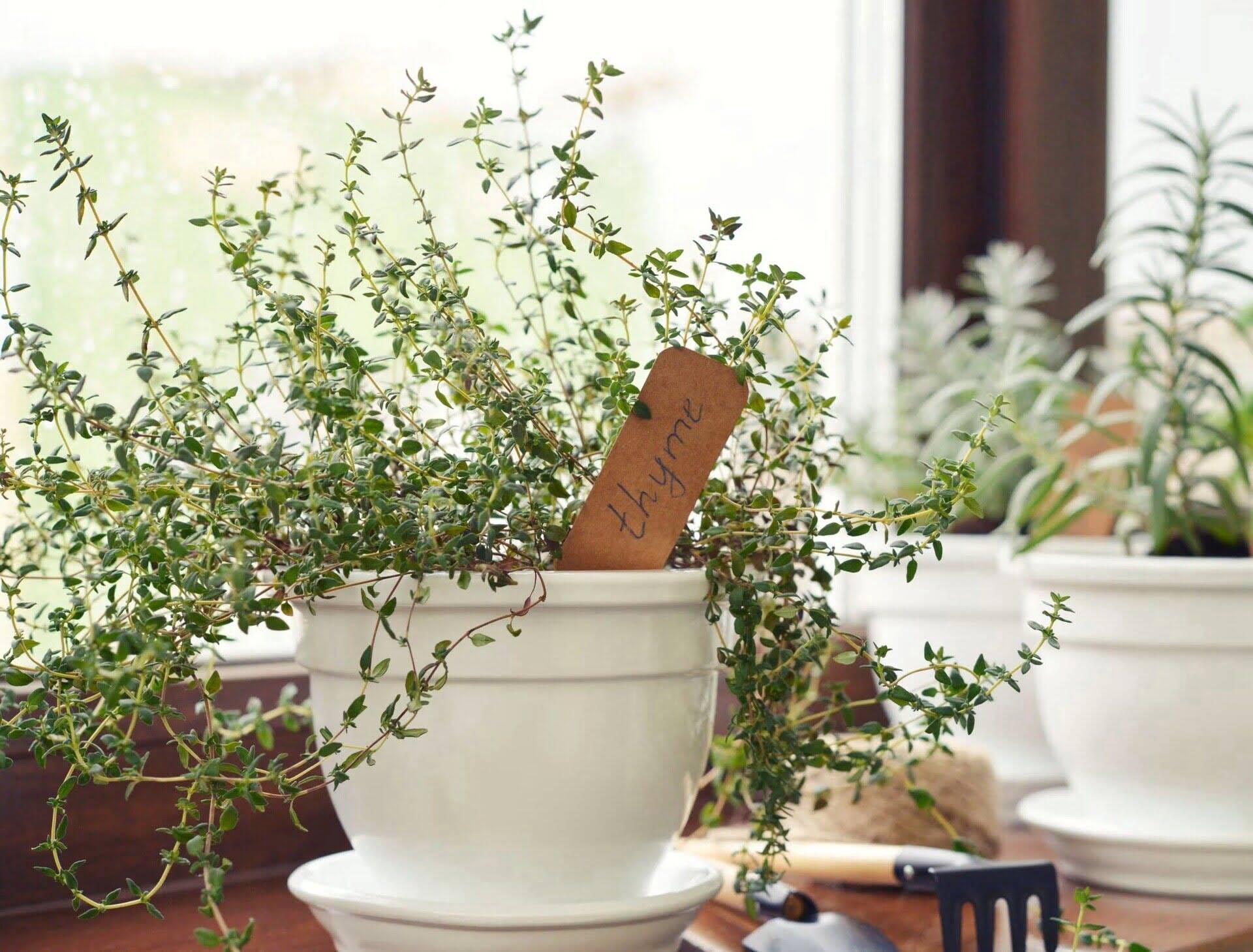

Garden Plants
How Big Of A Pot Does Thyme Need
Modified: October 27, 2024
Discover how big of a pot thyme plants need and how to properly care for them to ensure healthy growth and aromatic leaves.
(Many of the links in this article redirect to a specific reviewed product. Your purchase of these products through affiliate links helps to generate commission for Storables.com, at no extra cost. Learn more)
Introduction
Welcome to the world of thyme plants! If you’re a gardening enthusiast looking to cultivate thyme in pots, you’ve come to the right place. Thyme is a versatile and fragrant herb that adds a delightful flavor to a variety of dishes. Whether you have limited outdoor space or simply prefer the convenience of indoor gardening, growing thyme in pots is an ideal solution.
In this article, we will explore the factors that affect the pot size needed for thyme plants, as well as provide guidance on how to determine the right size for your specific needs. We will also discuss the process of transplanting thyme into pots and provide tips for maintaining healthy thyme plants in containers.
So, let’s dive in and uncover the secrets to successfully cultivating thyme in pots!
Key Takeaways:
- When growing thyme in pots, consider root development, growth habit, and watering needs to determine the right pot size. Balance moisture retention and drainage for optimal growth.
- Maintain thyme in pots by providing adequate sunlight, proper watering, well-draining soil, regular pruning, and addressing pest control. Avoid common mistakes like overwatering and neglecting sunlight for thriving thyme plants.
Read more: How Big Does Thyme Grow
Thyme Plant Overview
Thyme, scientifically known as Thymus vulgaris, is an evergreen herb that belongs to the mint family. It is native to the Mediterranean region but is now cultivated and admired worldwide for its culinary and medicinal properties. Thyme plants typically grow to a height of 8 to 12 inches, with small, aromatic leaves and delicate flowers that can range in color from white to purple.
Thyme is well-loved for its intense fragrance and robust flavor, making it a popular ingredient in various cuisines around the world. It is commonly used in Mediterranean, Middle Eastern, and French dishes and pairs well with meats, vegetables, and even in herbal teas.
Aside from its culinary uses, thyme is also valued for its medicinal benefits. It contains essential oils with antibacterial, antiseptic, and antifungal properties, making it a natural remedy for respiratory issues, sore throats, and digestive problems. Additionally, thyme has been used for centuries in aromatherapy, renowned for its stress-relieving and mood-boosting properties.
Thyme is a relatively low-maintenance herb, making it an excellent choice for both beginner and seasoned gardeners. Its compact growth habit and adaptability to various climates and soil conditions make it suitable for cultivation in pots, whether indoors or outdoors.
Now that we have a better understanding of thyme plants, let’s explore the factors that can influence the size of the pot needed for optimal growth.
Factors Affecting Pot Size
When determining the appropriate pot size for thyme plants, there are several factors to consider:
- Root Development: Thyme plants have a relatively shallow root system, so a pot that provides sufficient space for root growth is essential. The size of the pot should allow the roots to spread comfortably and encourage healthy development.
- Growth Habit: Thyme plants have a compact growth habit, but certain varieties can spread and trail. Consider the specific variety of thyme you are growing and choose a pot size that accommodates its unique growth characteristics.
- Watering Needs: Thyme prefers well-drained soil and can be sensitive to overwatering. Pots that are too large may retain excess moisture, leading to root rot. On the other hand, pots that are too small may dry out quickly, requiring more frequent watering. Finding the right balance is crucial for maintaining optimal soil moisture.
- Climate and Environment: The climate and environment in which you are growing thyme can also influence the pot size needed. In hot and dry climates, larger pots with more soil volume can help retain moisture and provide better insulation for the roots. In cooler climates, smaller pots may be suitable as they warm up more quickly.
- Container Material: The material of the pot can impact the growing conditions for thyme. Clay or terracotta pots provide better air circulation and moisture regulation but can dry out more quickly. Plastic or resin pots retain moisture better but may not offer as much breathability. Consider the pros and cons of different pot materials when selecting the appropriate size.
By taking these factors into account, you can determine the right pot size for your thyme plants and create a conducive environment for their growth. In the next section, we will discuss how to determine the specific pot size needed for your thyme plants.
Determining the Right Pot Size for Thyme
Choosing the correct pot size is crucial for the healthy growth of your thyme plants. Here are some steps to help you determine the ideal pot size:
- Consider the size of your thyme seedlings or plants: If you are starting from seed, small seedling trays or 3-inch pots are suitable for the initial stages of growth. Once your thyme seedlings have developed a healthy root system and are ready for transplanting, you can move them to a larger pot.
- Assess the expected size of your mature thyme plants: Research your specific thyme variety to determine its estimated mature size. This information will help you decide on an appropriate pot size to accommodate its growth without becoming overcrowded.
- Allow room for root development: Thyme plants have shallow roots, but they still require space to grow and spread. A pot that is at least 6-8 inches deep and wide is generally sufficient for most thyme varieties.
- Consider the number of plants per pot: If you plan to grow multiple thyme plants in the same pot, you will need to choose a larger size to accommodate their collective root system and prevent overcrowding.
- Balance water retention and drainage: The pot size should strike a balance between retaining moisture and providing adequate drainage. A pot that is too large may retain excess water, leading to root rot, while a pot that is too small may dry out quickly, requiring frequent watering.
- Evaluate the available space: Consider where you plan to place your thyme pots – indoors or outdoors. If you have limited space, smaller pots may be suitable, while larger outdoor areas can accommodate bigger pots for a more substantial display of thyme plants.
By considering these factors and assessing the specific needs of your thyme plants, you can determine the right pot size for optimal growth and ensure they thrive in their new container homes. In the next section, we will delve into the process of transplanting thyme into pots.
Thyme plants need a pot that is at least 8-12 inches in diameter to allow for proper root growth and development. Make sure the pot has good drainage to prevent waterlogging.
Transplanting Thyme
Transplanting thyme from one pot to another is a straightforward process that helps promote healthy growth and allows you to adjust to a more suitable pot size. Here’s how to transplant thyme effectively:
- Choose the right time: The best time to transplant thyme is in the spring when the plant is actively growing. This allows the thyme to recover quickly from the transplant shock and establish itself in the new pot.
- Select the new pot: Choose a pot that is slightly larger than the current one to allow for root expansion. Make sure the new pot has drainage holes to prevent waterlogging.
- Prepare the new pot: Fill the new pot with well-draining potting soil. You can mix in some organic matter, such as compost or aged manure, to improve soil fertility.
- Water the thyme: Before transplanting, thoroughly water the thyme in its current pot. This helps moisten the soil and makes it easier to remove the plant without damaging the roots.
- Remove the thyme from the old pot: Gently tap the sides of the pot, or use a trowel to loosen the soil around the thyme plant. Carefully lift the plant, grasping it at the base, and gently separate any tangled roots.
- Place the thyme in the new pot: Create a small hole in the prepared soil of the new pot that is deep enough to accommodate the thyme plant. Place the thyme in the hole, ensuring that the top of the root ball is level with the soil surface.
- Backfill the soil: Fill the gaps around the thyme plant with the remaining potting soil, gently pressing it down to eliminate any air pockets. Leave a small space at the top to allow for watering.
- Water thoroughly: After transplanting, water the thyme thoroughly to help settle the soil and encourage root development. Ensure that the water drains out of the pot through the drainage holes.
- Place in appropriate growing conditions: Find a suitable location for your newly transplanted thyme, whether it’s indoors near a sunny window or outdoors in a spot that receives at least 6-8 hours of sunlight per day.
Transplant shock is normal after the process, and your thyme may appear wilted or stressed for a few days. With proper care and regular watering, it should recover and begin to thrive in its new pot. Now, let’s explore how to maintain thyme plants in pots for long-term health and vitality.
Read more: How To Plant Thyme In A Pot
Maintaining Thyme in a Pot
Once you have successfully transplanted your thyme into a pot, it’s important to provide the necessary care to ensure its continued growth and vitality. Here are some tips for maintaining thyme in a pot:
- Light: Thyme thrives in full sun, so place your pot in an area that receives at least 6-8 hours of direct sunlight per day. If you’re growing thyme indoors, choose a spot near a south-facing window to provide ample light.
- Watering: Thyme plants prefer slightly dry conditions, so avoid overwatering. Allow the top inch of soil to dry out between waterings. When watering, aim to moisten the soil evenly but avoid waterlogging, as this can lead to root rot.
- Soil: Thyme prefers well-draining soil with a slightly alkaline to neutral pH level. Use a quality potting mix designed for herbs or create a blend of equal parts potting soil, sand, and perlite to ensure good drainage.
- Fertilization: Thyme plants are relatively low-maintenance and do not require heavy fertilization. A balanced organic fertilizer applied once or twice during the growing season is usually sufficient. Avoid excessive use of nitrogen-rich fertilizers, as this can encourage excessive foliage growth at the expense of flavor.
- Pruning: Regular pruning helps promote bushy growth and prevents thyme plants from becoming leggy. Pinch back the tips of the stems regularly, especially after flowering, to encourage branching and maintain a compact shape.
- Harvesting: Thyme leaves can be harvested at any time once the plant is established. Simply snip off the leaves as needed, being careful not to remove more than one-third of the plant at once. Regular harvesting also helps promote new growth.
- Pest and Disease Control: Thyme is generally resistant to pests and diseases. However, keep an eye out for common issues such as aphids, spider mites, or fungal diseases. If necessary, treat with organic pest controls or fungicides.
- Winter Care: Thyme is a hardy perennial, but containers can be more vulnerable to cold temperatures. In regions with harsh winters, consider bringing your potted thyme indoors or provide protective coverings to shield it from frost damage.
By following these guidelines and providing proper care, your thyme plants will thrive in their pots, providing you with a fresh and flavorful herb to enhance your culinary adventures. However, there are a few common mistakes that many gardeners make when growing thyme in pots, so be sure to avoid them.
Common Mistakes to Avoid
While growing thyme in pots can be a rewarding experience, there are some common mistakes that can hinder the success of your thyme plants. By being aware of these pitfalls, you can avoid them and ensure the health and vitality of your thyme. Here are some common mistakes to avoid:
- Overwatering: Thyme plants prefer slightly dry conditions and are susceptible to root rot if overwatered. Avoid the temptation to water excessively and allow the soil to dry out between waterings.
- Using improper soil: Thyme requires well-draining soil to prevent waterlogged roots. Avoid using heavy or compacted soil that retains moisture. Instead, choose a well-draining potting mix or create a blend of potting soil, sand, and perlite.
- Choosing the wrong pot size: Pots that are too small can restrict root growth and lead to stunted plants. On the other hand, pots that are too large can retain excess water, leading to root rot. Choose a pot size that allows for proper root development without excessive moisture retention.
- Neglecting sunlight: Thyme thrives in full sun and requires at least 6-8 hours of direct sunlight daily. Planting your thyme in a shaded or low-light area can result in weak growth and diminished flavor.
- Failing to prune: Proper pruning helps maintain the compact shape of thyme plants and encourages bushier growth. Neglecting to prune can result in leggy, lanky plants with reduced flavor and aroma.
- Over-fertilizing: Thyme plants do not require heavy fertilization. Excessive use of nitrogen-rich fertilizers can lead to excessive foliage growth at the expense of flavor. Follow the recommended guidelines for fertilization or opt for organic options to avoid over-fertilizing.
- Ignoring pest and disease control: While thyme is generally hardy and resistant to pests and diseases, neglecting regular inspections can lead to issues such as aphids, spider mites, or fungal diseases. Monitor your plants regularly and take prompt action if any problems are detected.
- Not adjusting care during winter: Thyme plants in pots are more exposed to winter temperatures. Neglecting to provide protection or bringing them indoors in regions with harsh winters can result in frost damage or plant death.
By avoiding these common mistakes and following the proper care techniques, you can enjoy thriving thyme plants in your pots and enhance your culinary delights with the fresh flavors of this versatile herb. Let’s conclude our article with a recap of what we’ve learned.
Conclusion
Growing thyme in pots is a delightful way to cultivate this versatile herb and enjoy its aromatic flavor and medicinal properties. By understanding the factors that affect pot size, determining the right pot size for thyme, and mastering the transplanting process, you can provide your thyme plants with an ideal environment for healthy growth.
Remember to consider the root development, growth habit, watering needs, climate, and container material when selecting the appropriate pot size. By striking a balance between water retention and drainage, you can create optimal conditions for your thyme plants to thrive.
Maintaining thyme in a pot requires providing adequate sunlight, watering appropriately, using well-draining soil, performing regular pruning, and addressing pest and disease control. By following these guidelines and avoiding common mistakes such as overwatering, using improper soil, neglecting sunlight, and failing to prune, you can ensure the long-term health and vitality of your thyme plants.
Whether you’re adding fresh thyme leaves to your favorite recipes or using it for its therapeutic benefits, growing thyme in pots allows for easy access and convenient care. So, embrace the art of pot gardening and enjoy the flavors and aromas that thyme brings to your culinary creations.
With the knowledge gained from this article, you are equipped to embark on your thyme-growing journey. So grab your gardening gloves, select the perfect pot, and watch your thyme plants thrive and add a touch of freshness to your culinary adventures.
Happy gardening and happy thyme growing!
Frequently Asked Questions about How Big Of A Pot Does Thyme Need
Was this page helpful?
At Storables.com, we guarantee accurate and reliable information. Our content, validated by Expert Board Contributors, is crafted following stringent Editorial Policies. We're committed to providing you with well-researched, expert-backed insights for all your informational needs.
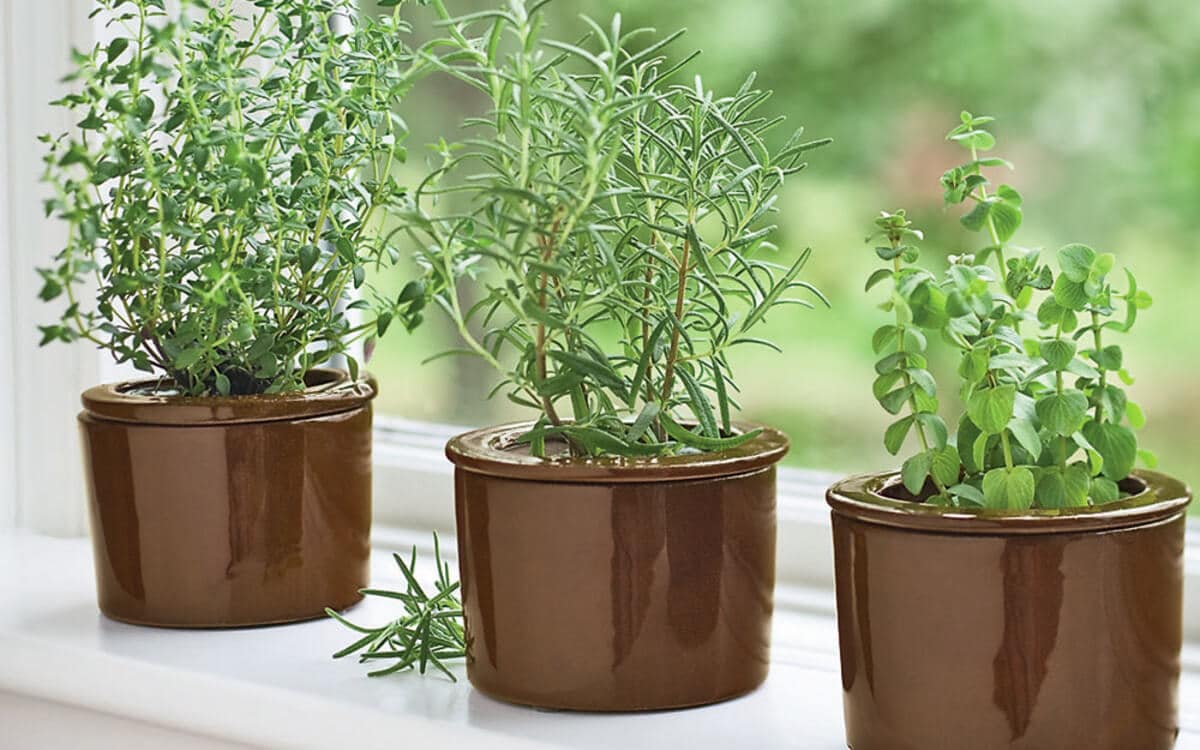
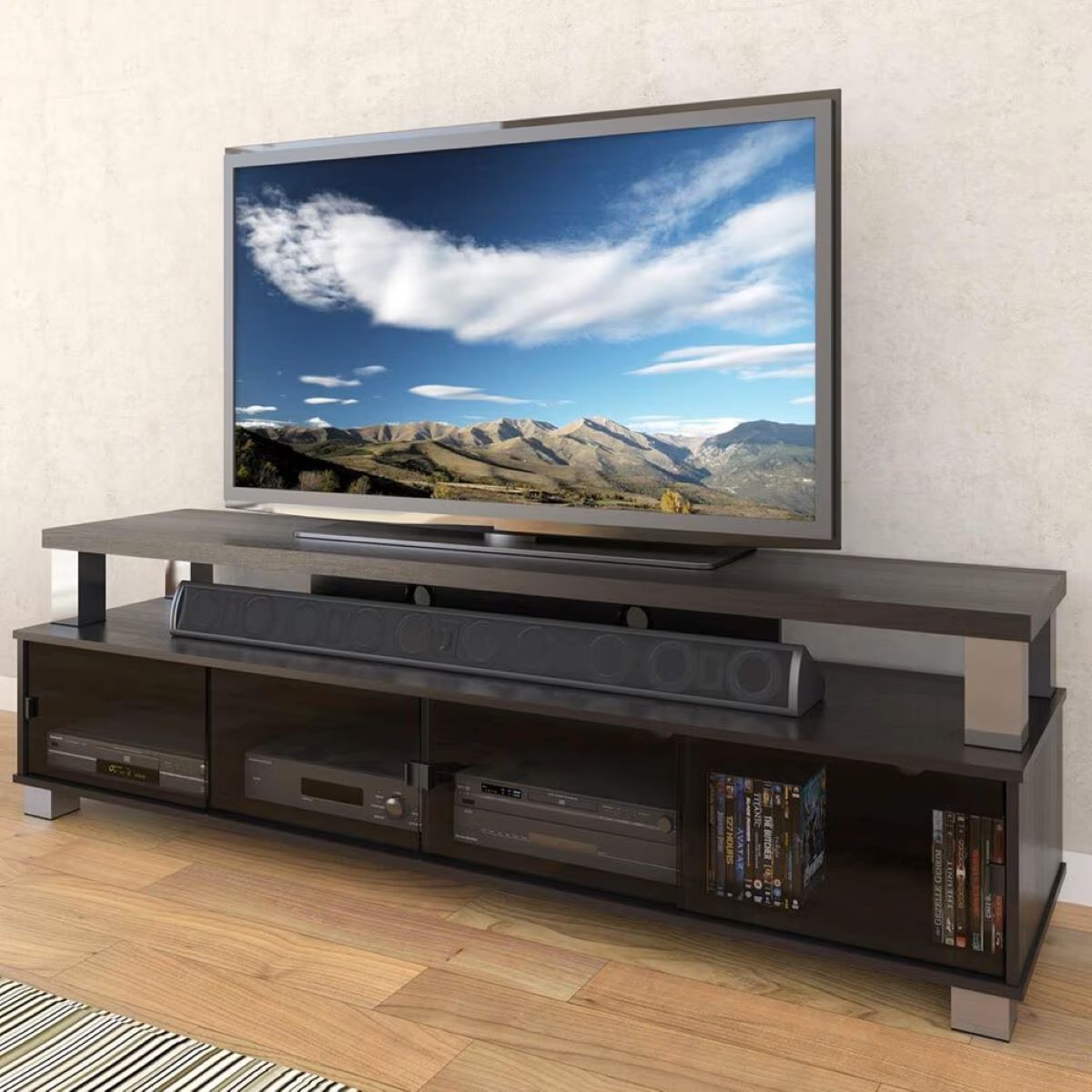
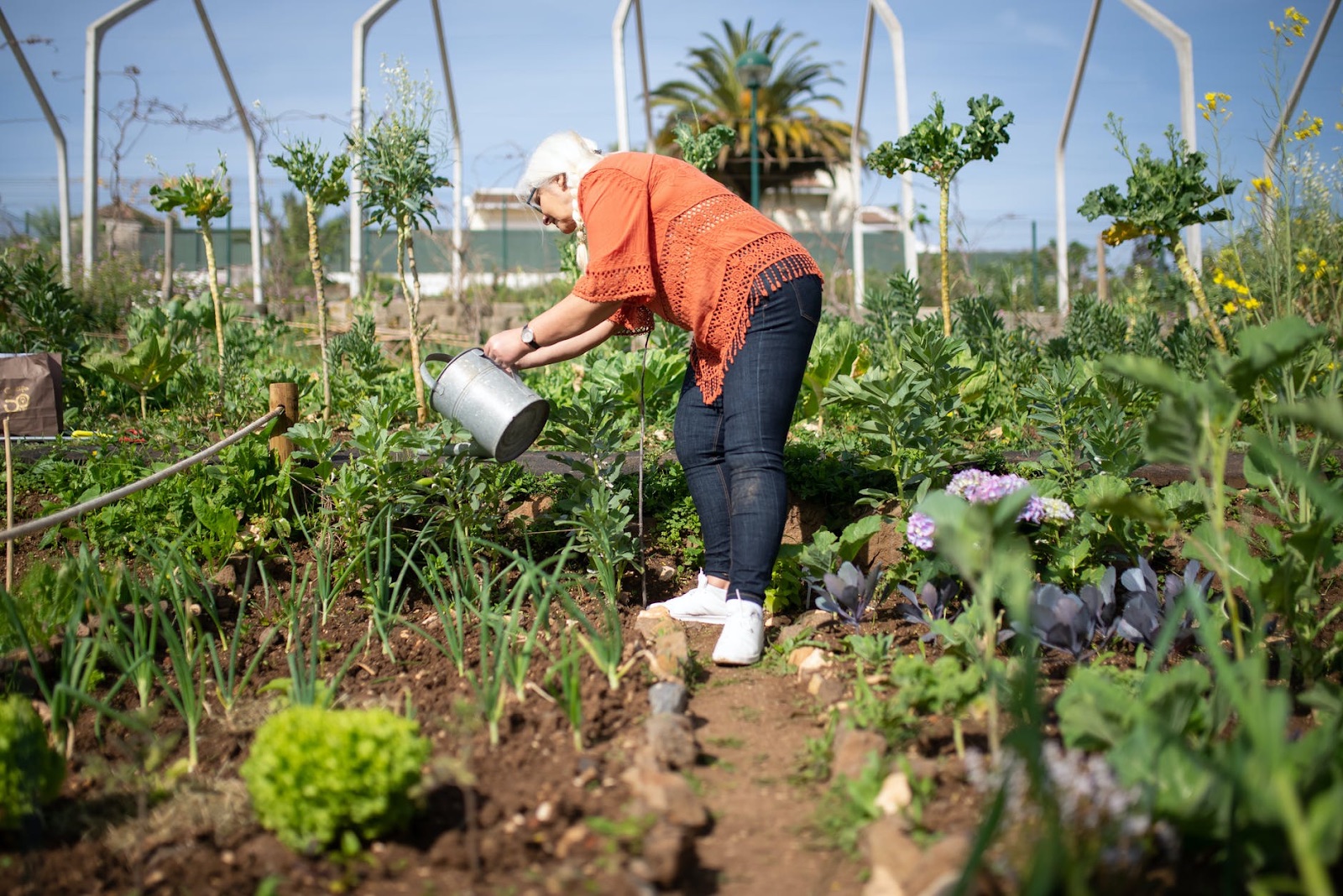
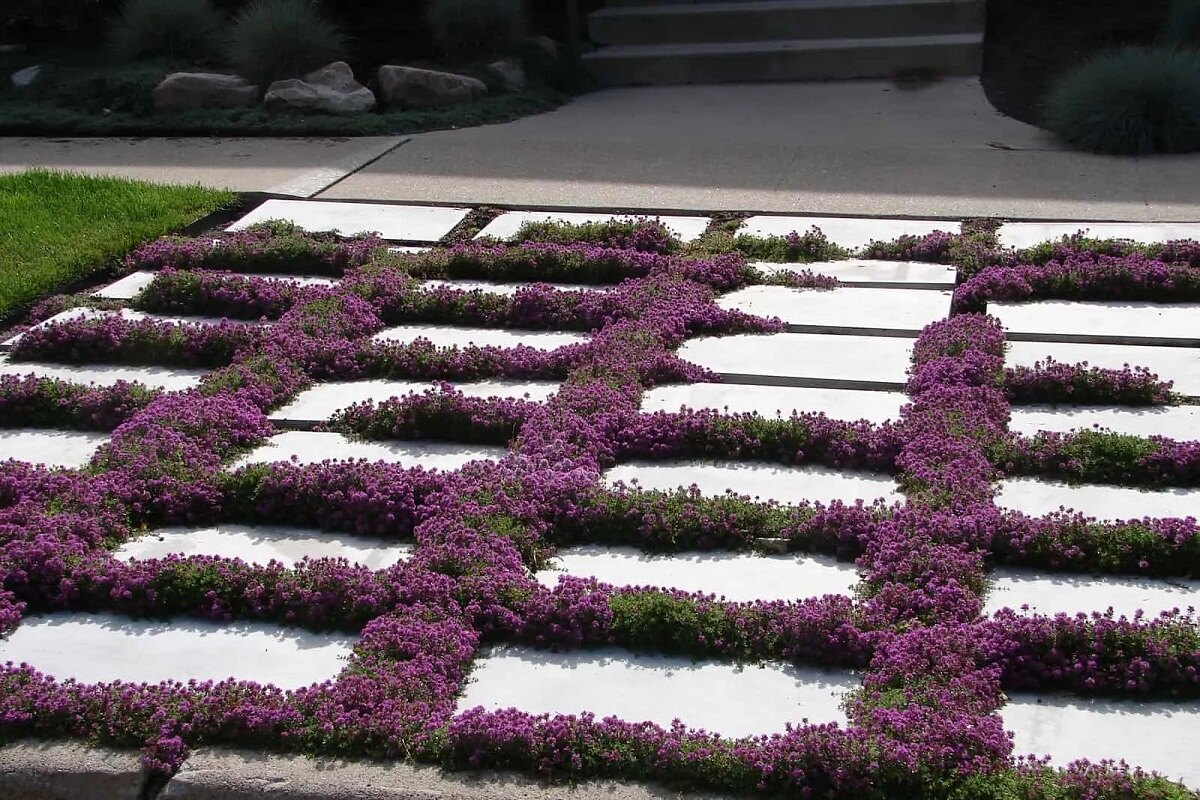
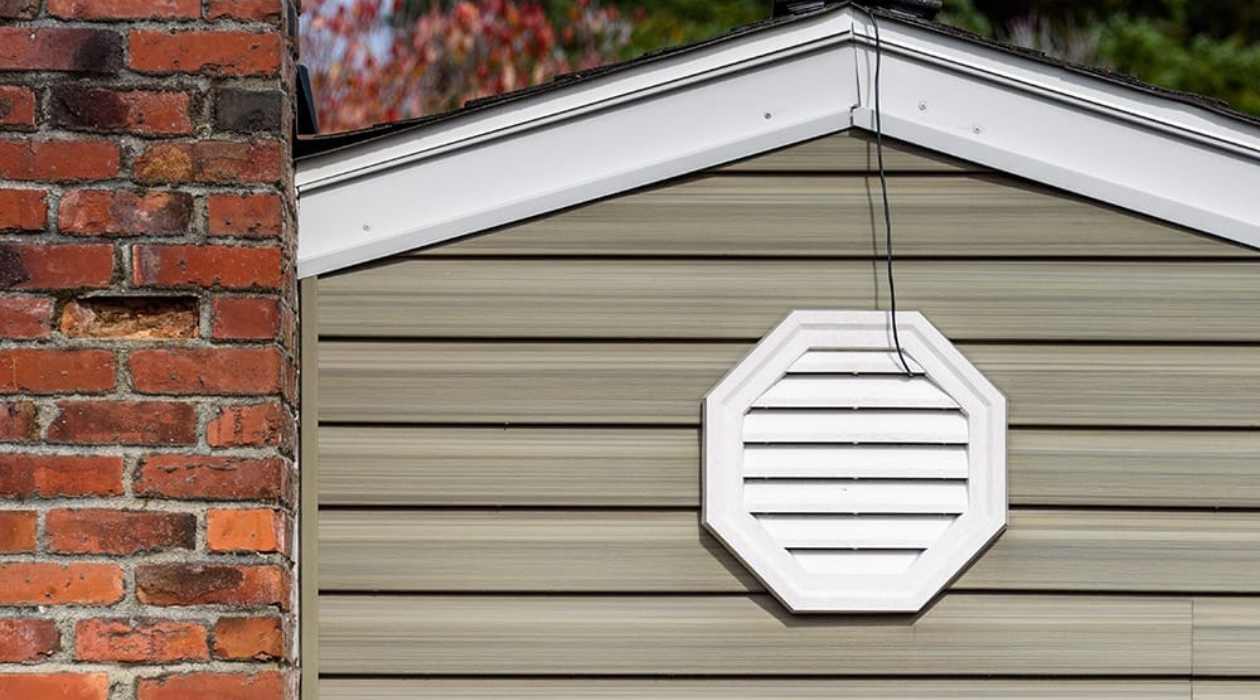
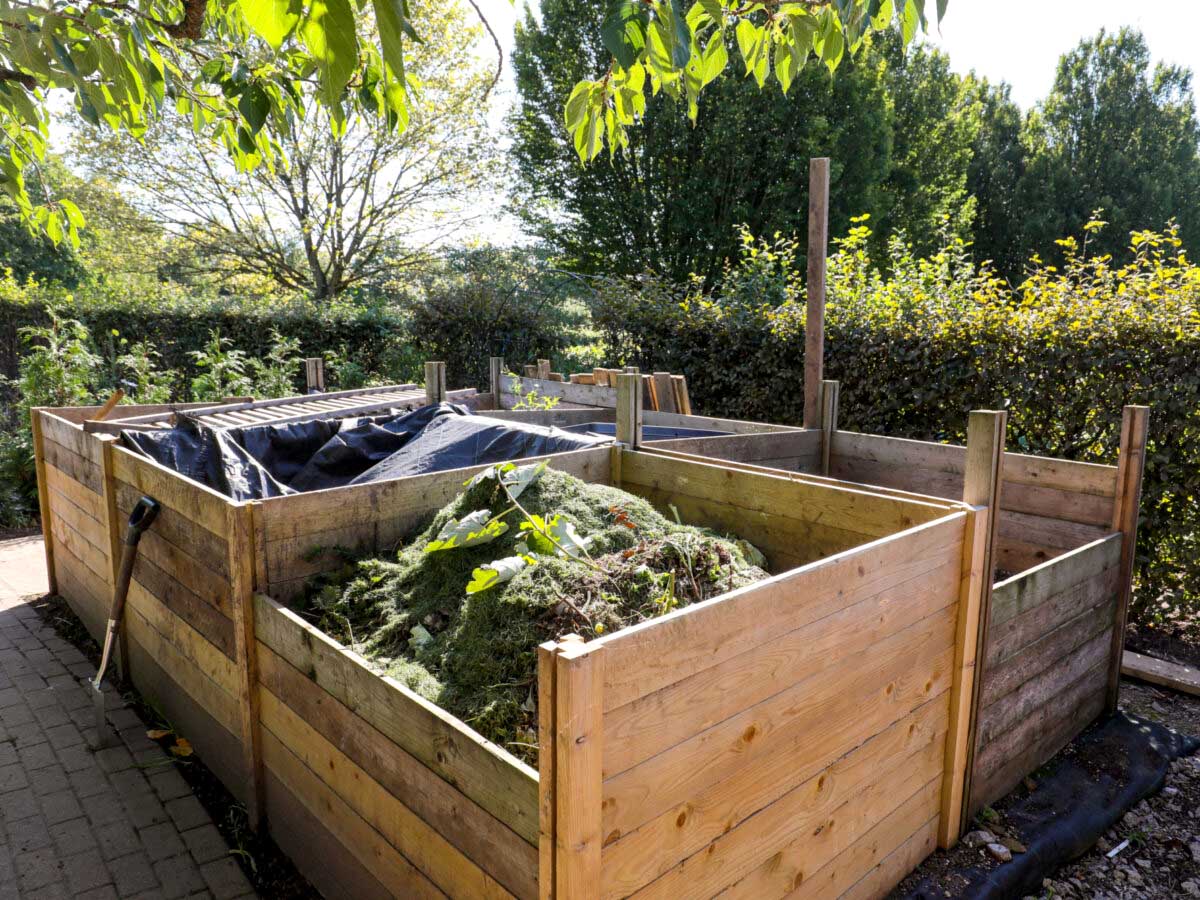
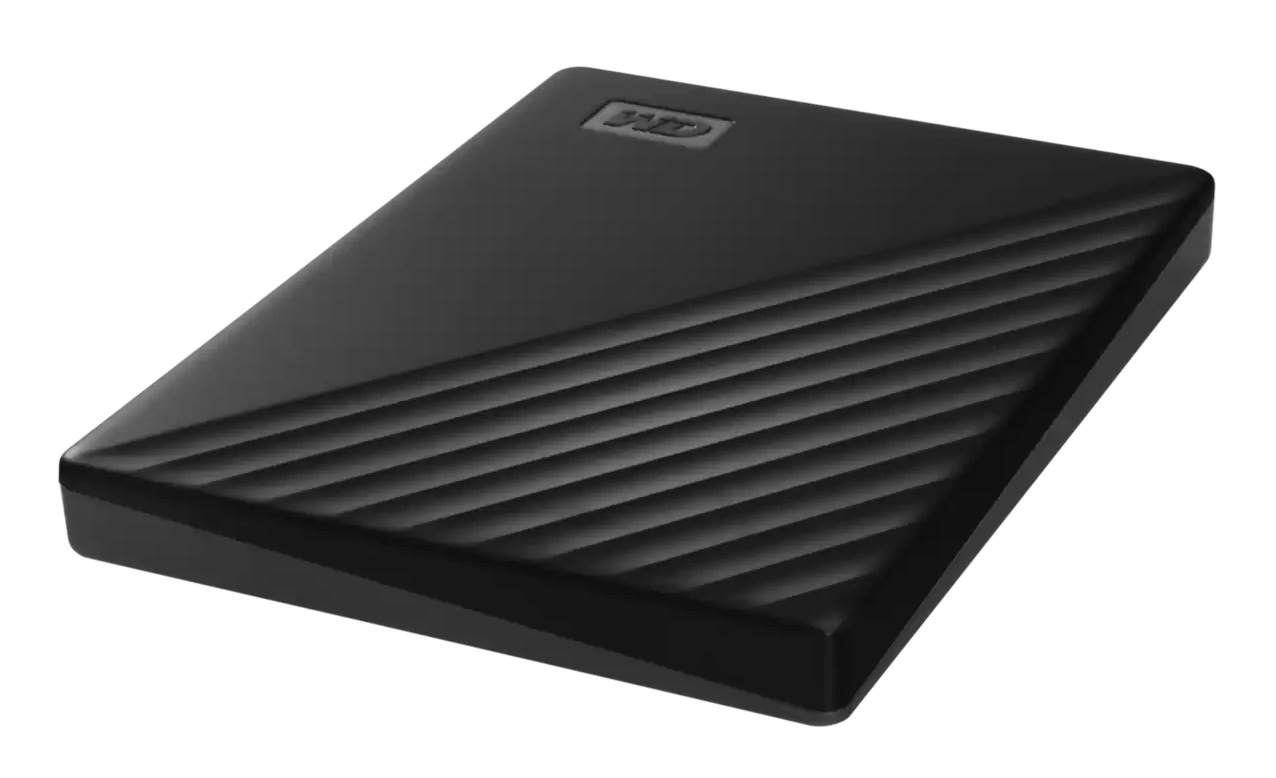
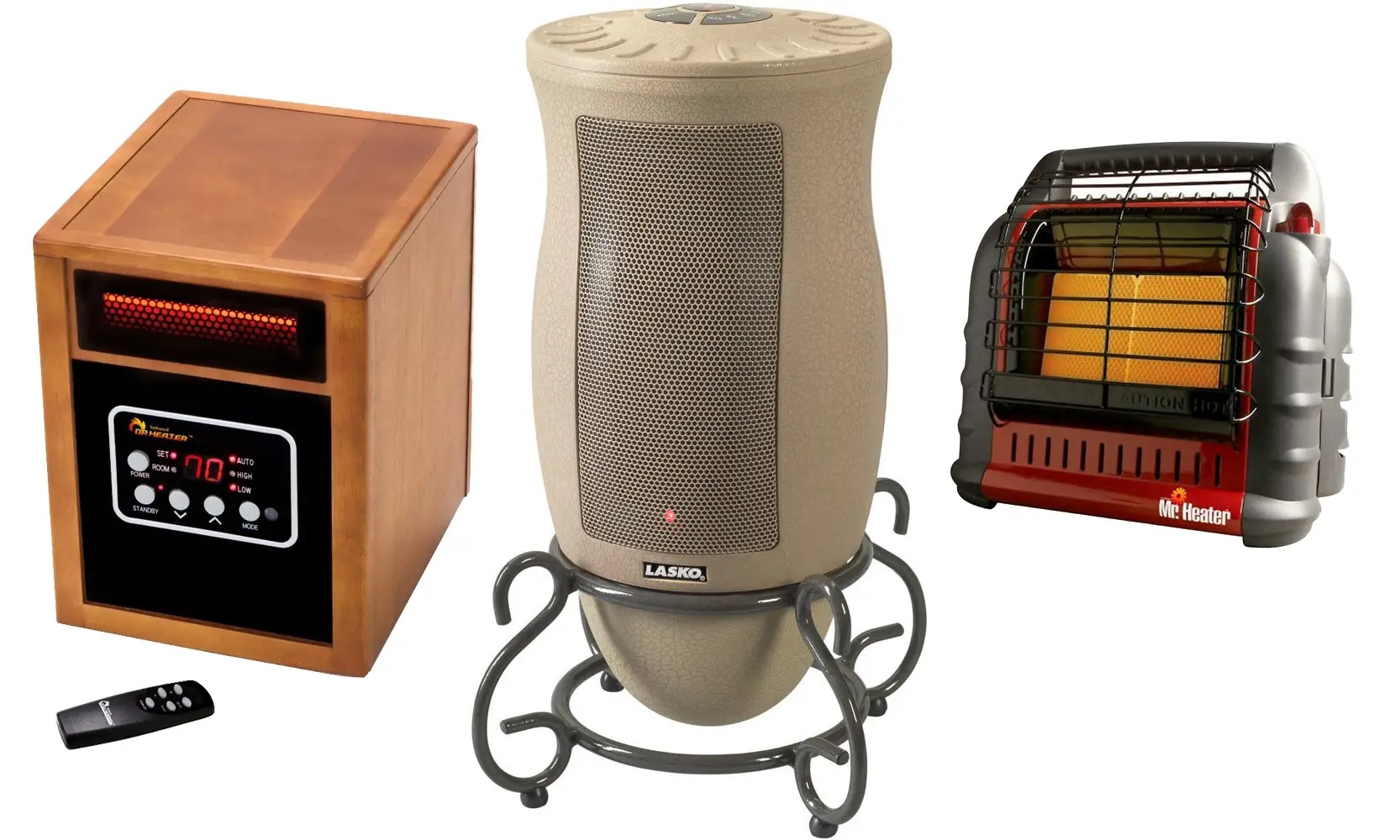
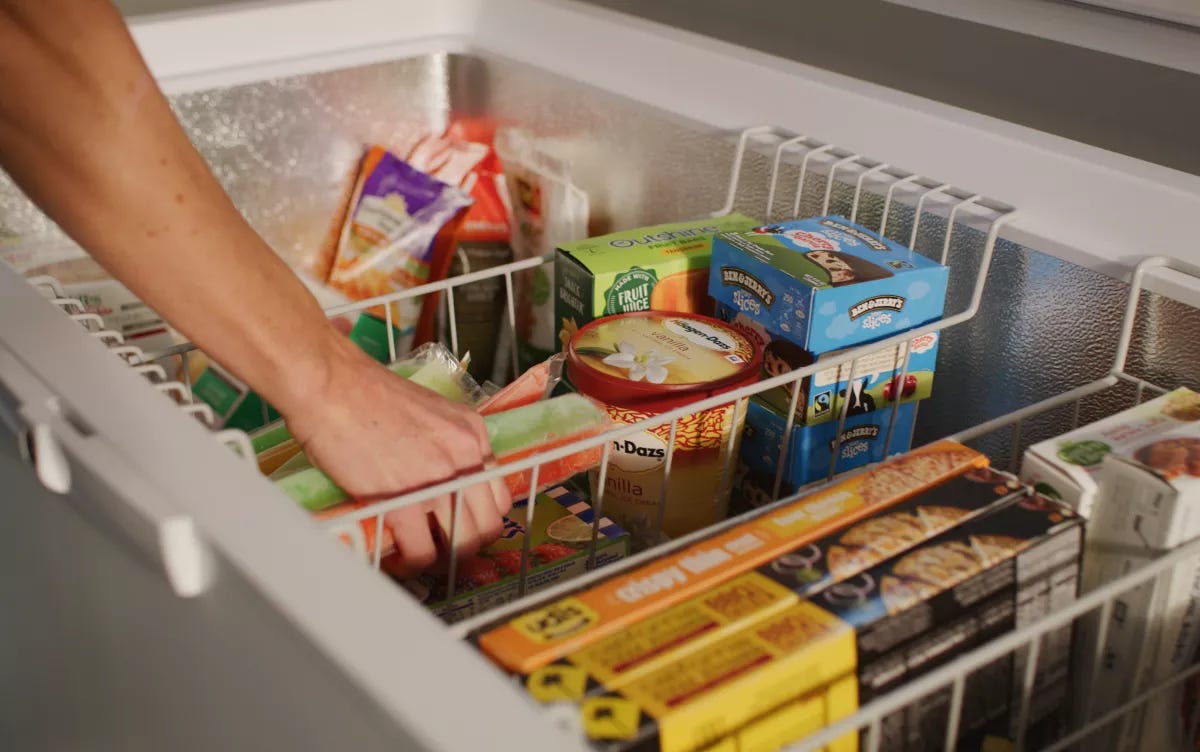
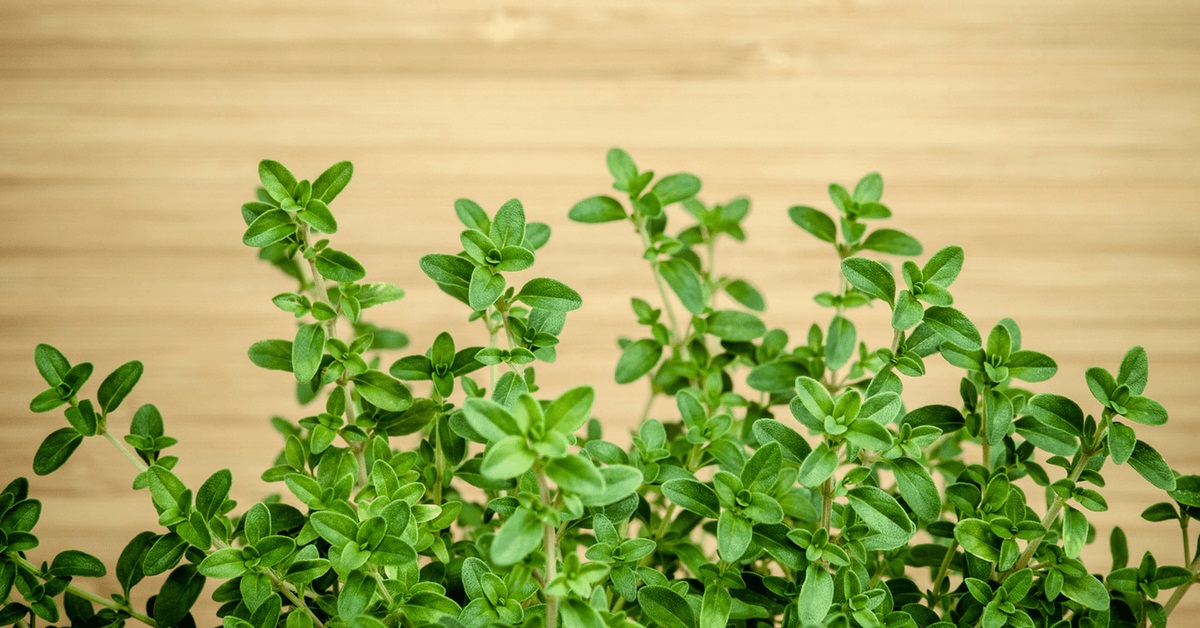
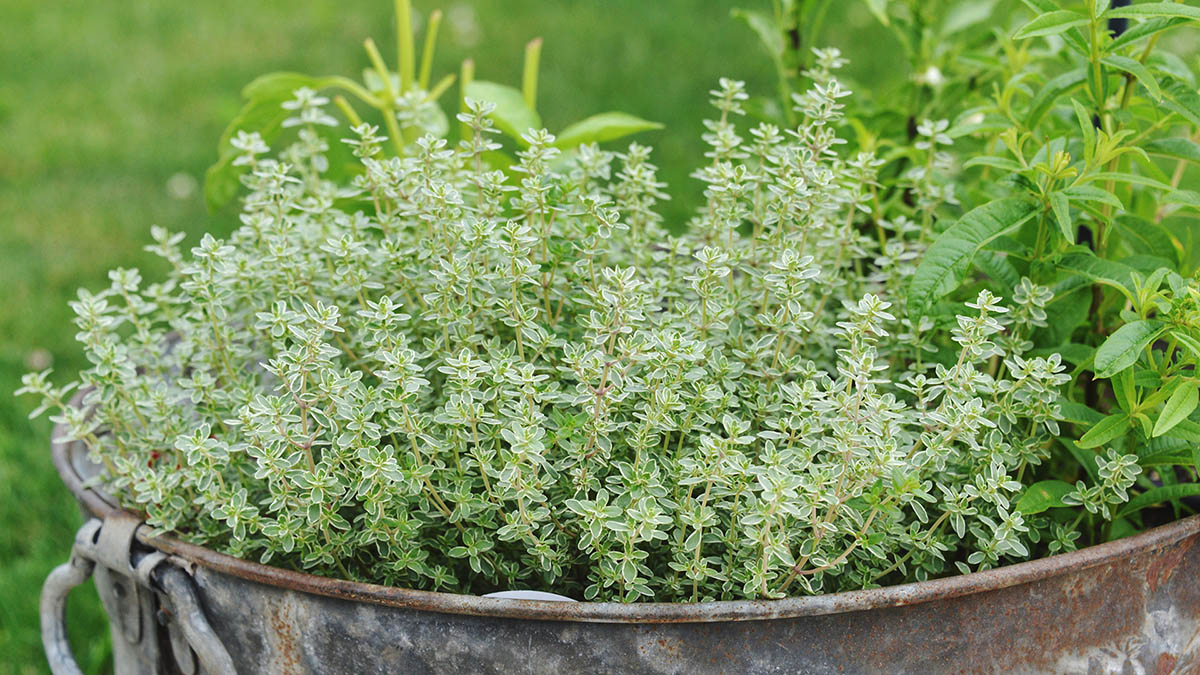
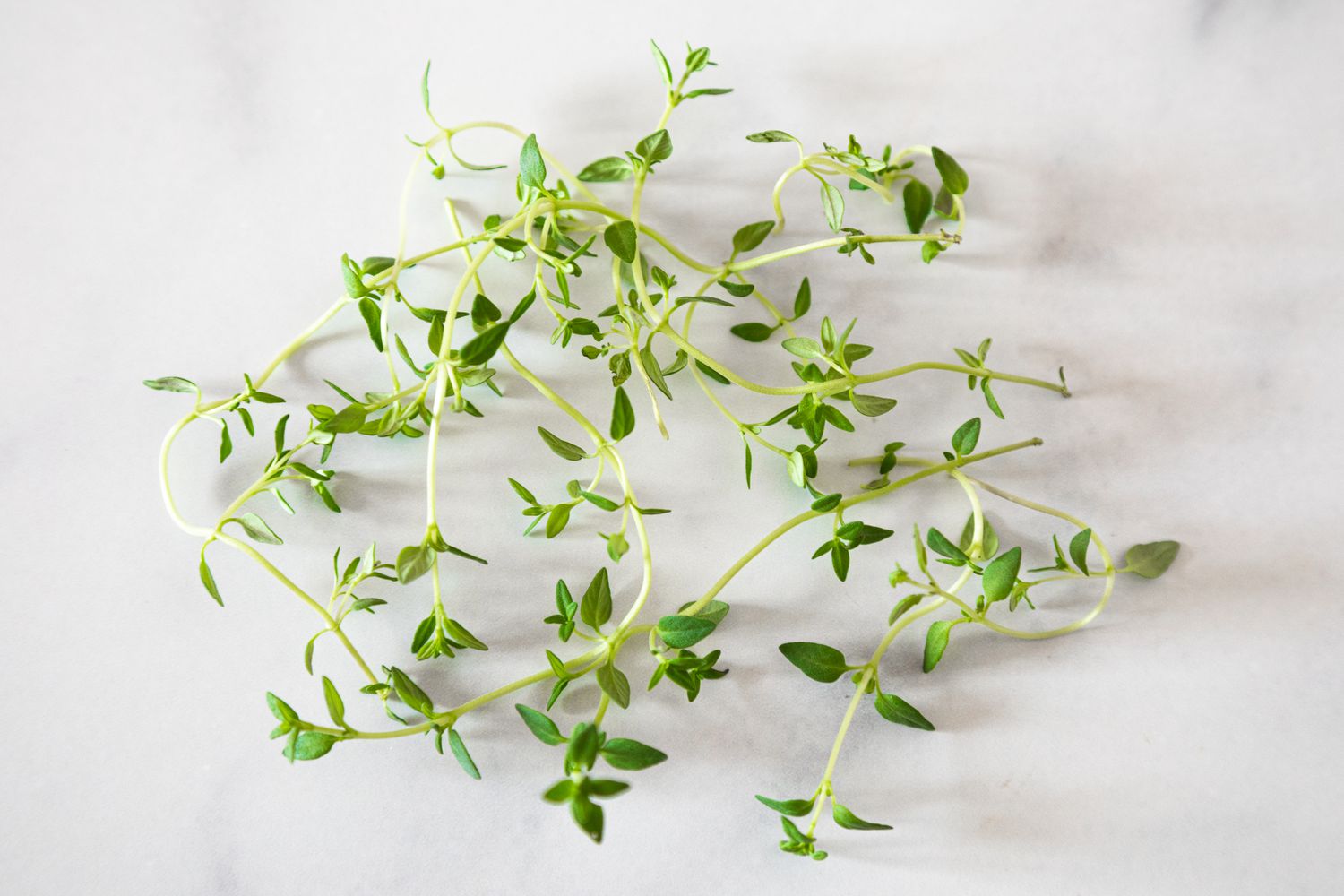
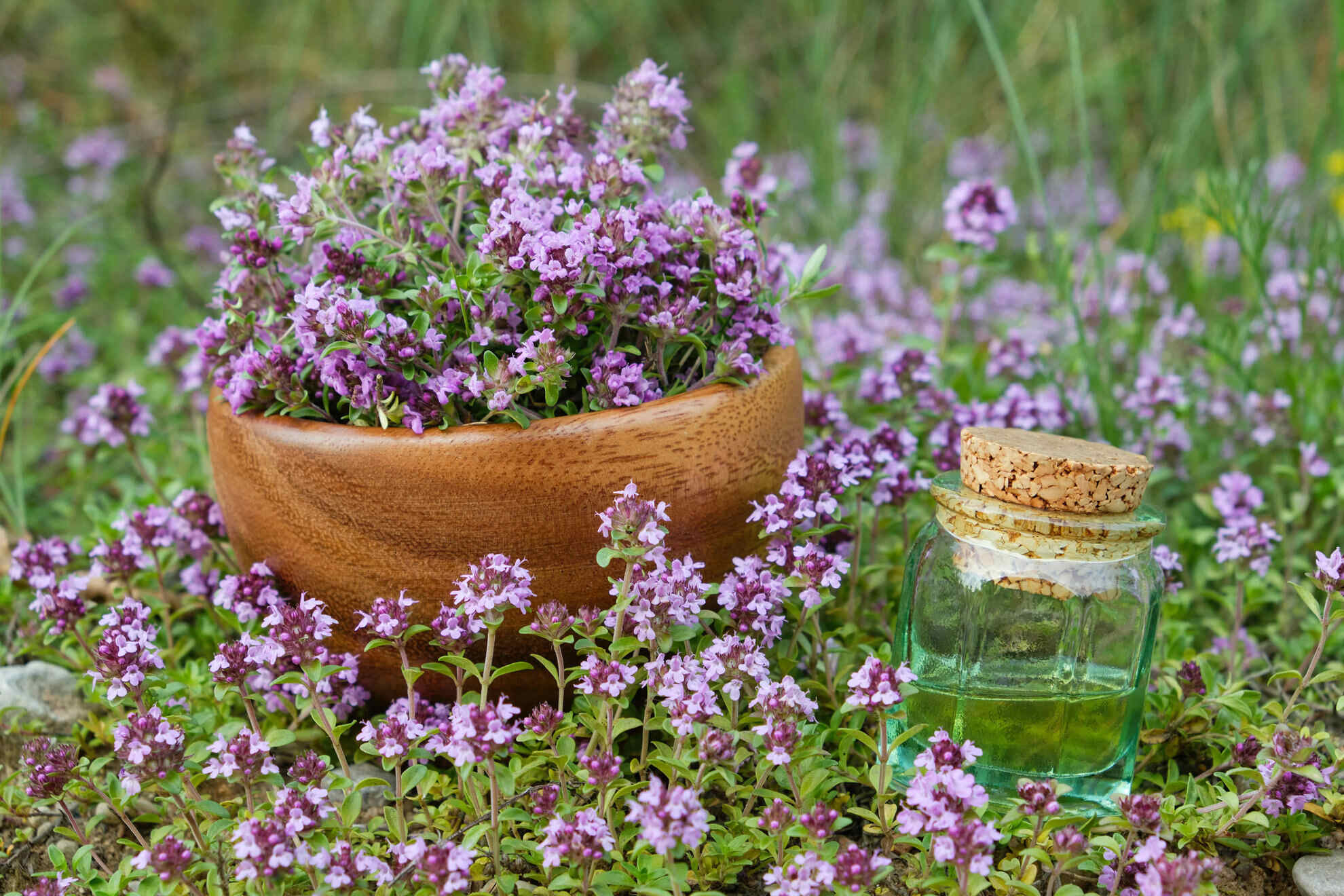
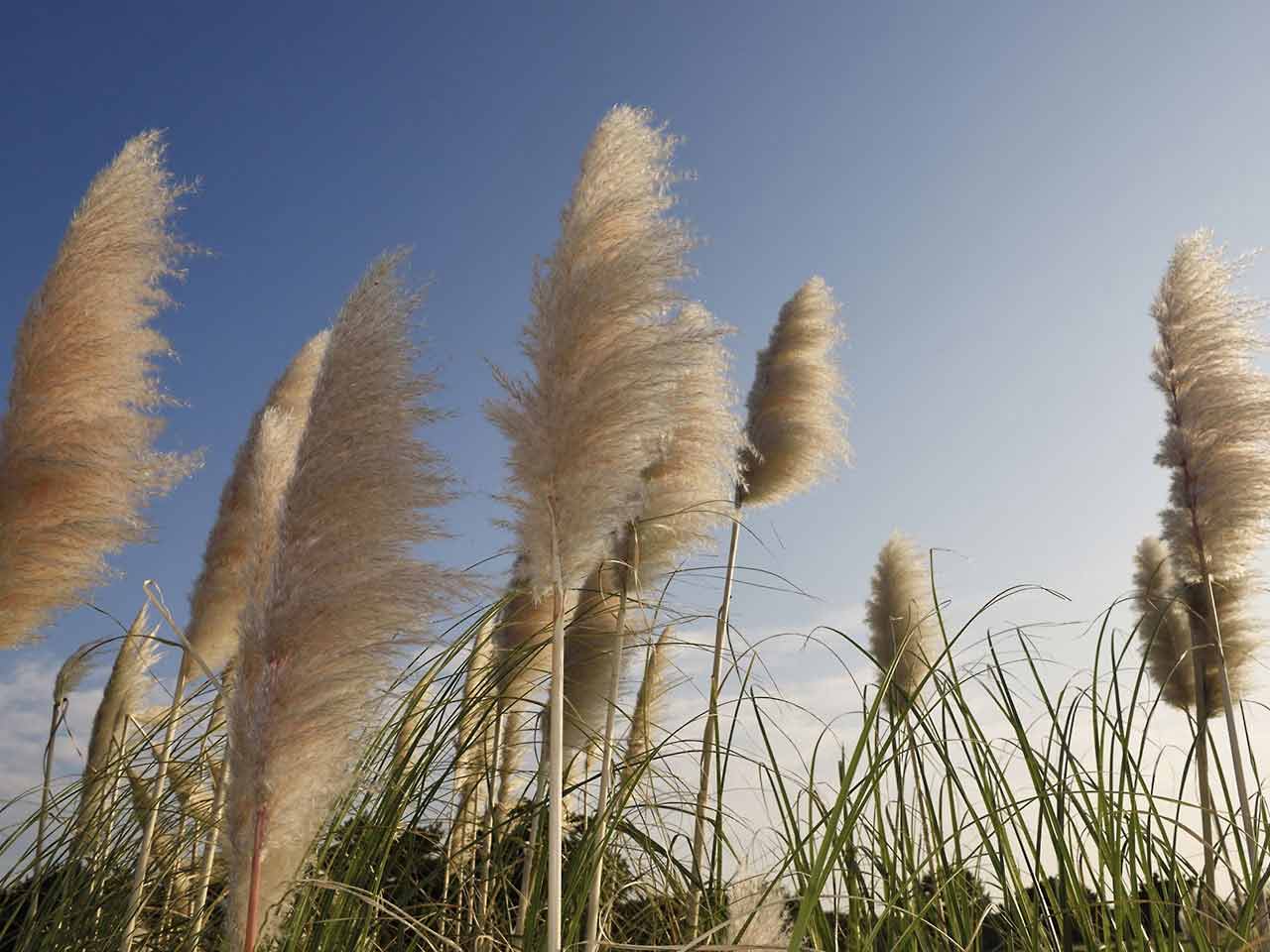

0 thoughts on “How Big Of A Pot Does Thyme Need”